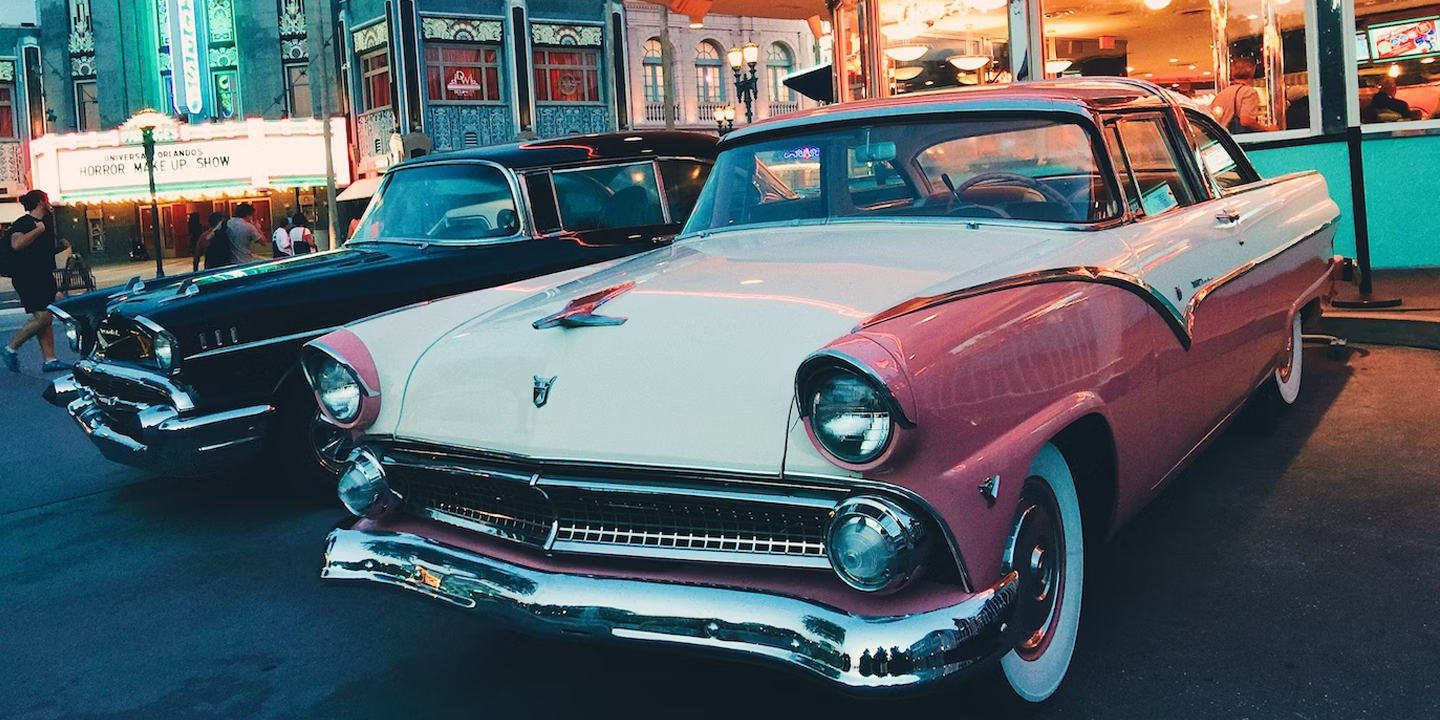While you’re definitely used to seeing Teslas, Toyota Corollas, and Honda Civics out and about, have you ever heard of the Oldsmobile Cutlass or the Pontiac Solstice? If the answer is no, that’s for a good reason. These car models have been discontinued! Just as new models emerge to captivate us, others must make their exit, leaving behind memories and legacies. Here, we revisit 40 car models that have been discontinued, remembering their contributions to automotive history.
1. Pontiac Aztek (2001-2005)
Deemed one of the most polarizing vehicle designs, the Pontiac Aztek became a poster child for how not to design a car. Despite its unique appearance, which some critics labeled 'ugly', the Aztek was ahead of its time with features catering to outdoor enthusiasts. Over time, it gained a cult following and even played a starring role in the TV show Breaking Bad. Its discontinuation was a result of poor initial sales and the eventual phasing out of the Pontiac brand.
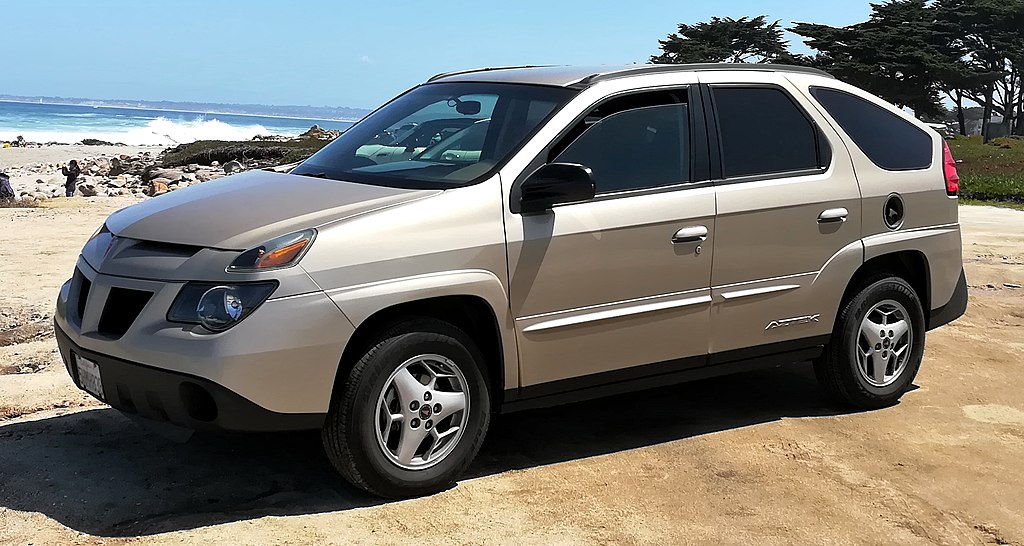 Photo by Alexander Migl on Wikimedia Commons
Photo by Alexander Migl on Wikimedia Commons
2. Chevrolet SSR (2003-2006)
An unusual blend of a convertible and a pickup truck, the SSR (Super Sport Roadster) boasted a retractable hardtop and a bold design. It was a vehicle without a clear target market, which possibly led to its relatively short lifespan. While it was praised for its unique style and V8 power, it struggled to find a broad audience.
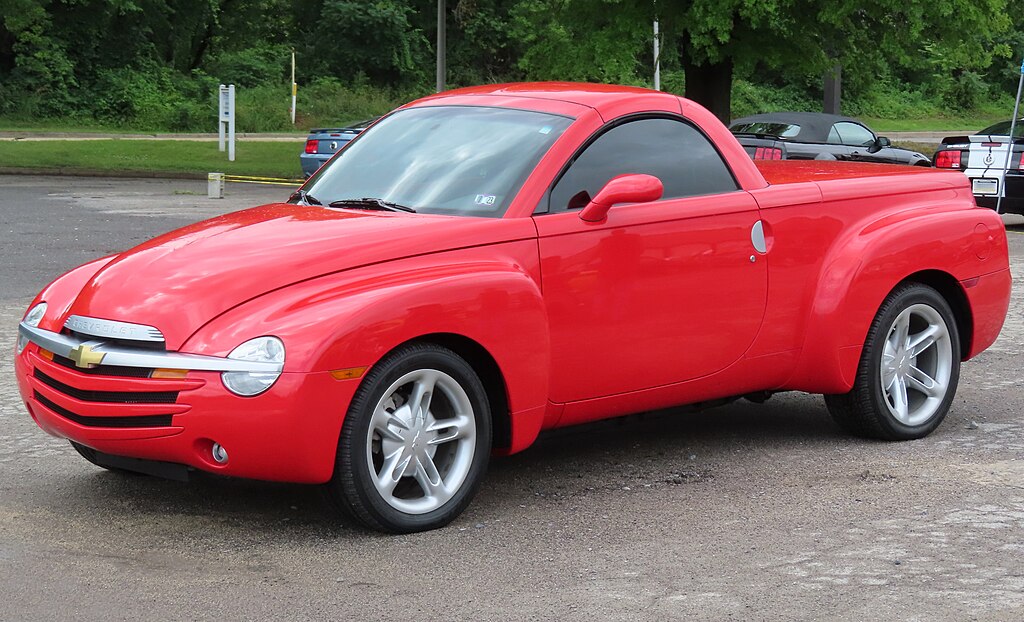 Photo by MercurySable99 on Wikimedia Commons
Photo by MercurySable99 on Wikimedia Commons
3. Saab 9-5 (1997-2012)
The Saab 9-5, an executive car, was the last breath of the iconic Swedish brand Saab. Renowned for its turbocharged engines and safety features, the 9-5 became a symbol of the company's engineering prowess. However, financial troubles and ownership changes led to the demise of both the model and the brand.
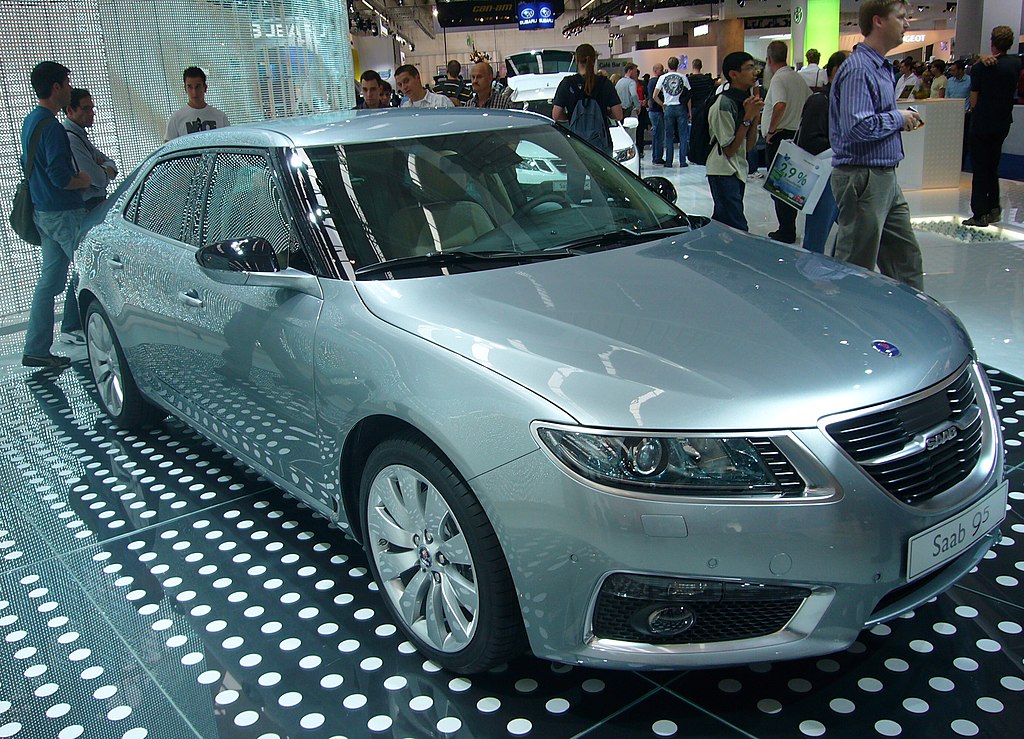 Photo by Rutger van der Maar on Wikimedia Commons
Photo by Rutger van der Maar on Wikimedia Commons
4. Dodge Viper (1992-2017)
A symbol of American muscle, the Viper was a raw, V10-powered beast. With its aggressive styling and race-inspired design, it attracted enthusiasts around the world. Despite its strong following, economic factors and evolving market preferences caused its production to eventually halt.
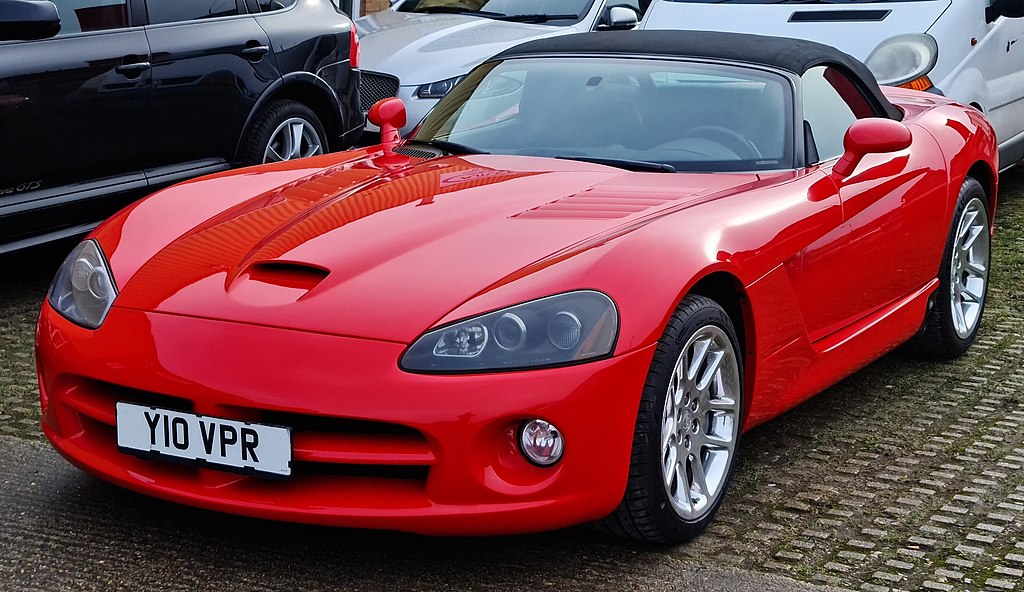 Photo by MrWalkr on Wikimedia Commons
Photo by MrWalkr on Wikimedia Commons
5. Ford Crown Victoria (1992-2011)
Often seen as police cruisers and taxis, the Crown Victoria was beloved for its reliability. Its body-on-frame design made it durable and easy to repair, all of which were factors that contributed to its popularity in fleet services. However, newer more fuel-efficient models led to the Crown Victoria’s discontinuation.
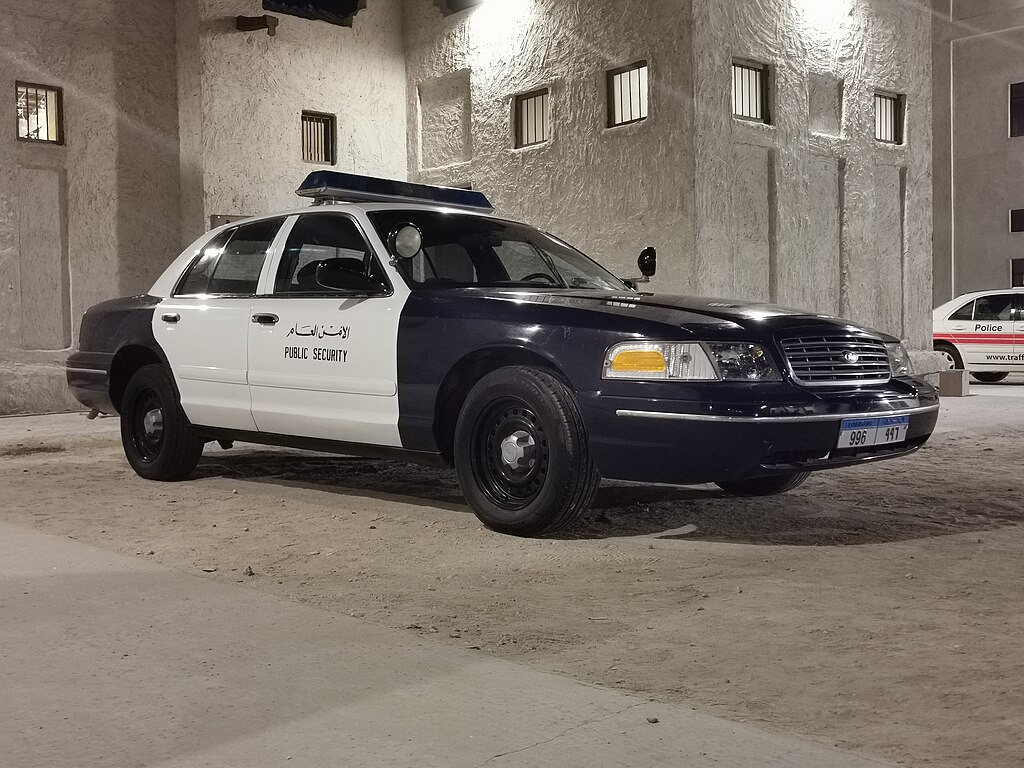 Photo by Mohammed Hamad on Wikimedia Commons
Photo by Mohammed Hamad on Wikimedia Commons
6. Mitsubishi Lancer Evolution (1992-2016)
A rally legend, the "Evo" was Mitsubishi's answer to high-performance sedans. Over its life, it saw ten generations, each refining its turbocharged capabilities. Despite its performance and fan base, market shifts towards SUVs and electric vehicles led to its end.
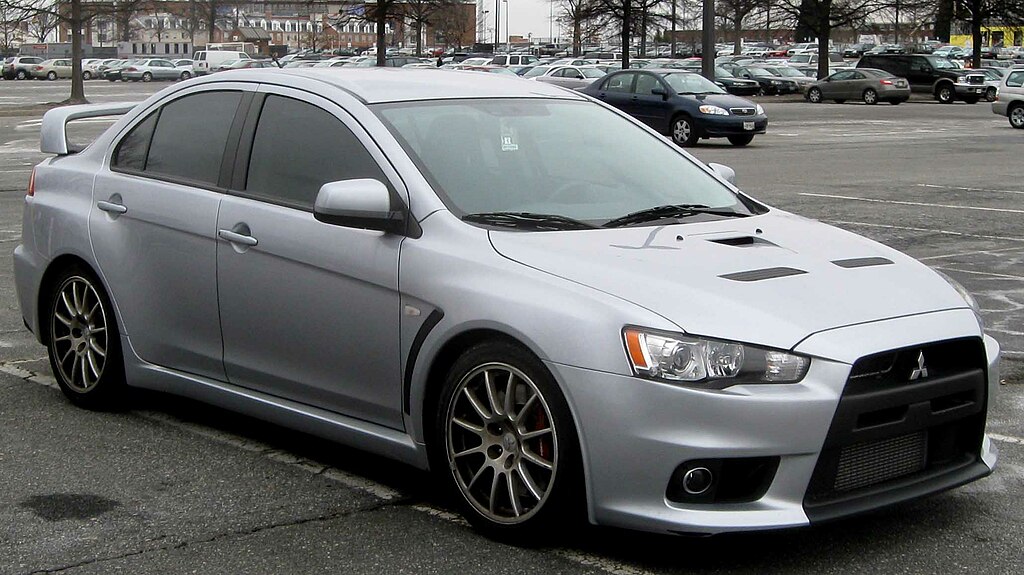 Photo by IFCAR on Wikimedia Commons
Photo by IFCAR on Wikimedia Commons
7. Honda S2000 (1999-2009)
A favorite among car enthusiasts, the S2000 was a pure, driver-focused roadster. Its high-revving VTEC engine and balanced handling made it a joy on the roads. Production ceased as part of Honda's strategy shifts and the changing market dynamics.
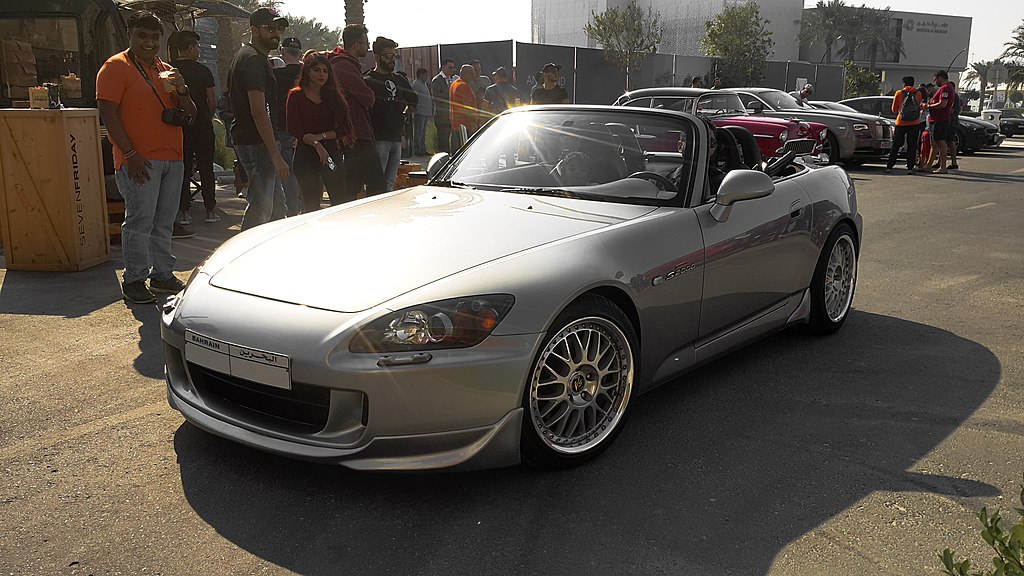 Photo by Mohammed Hamad on Wikimedia Commons
Photo by Mohammed Hamad on Wikimedia Commons
8. Toyota FJ Cruiser (2006-2014)
With retro styling reminiscent of the old Land Cruisers, the FJ Cruiser was Toyota's rugged answer to off-roading enthusiasts. Its discontinuation came as a surprise to many, given its relatively strong sales and popularity. But don’t worry, fans of the car can still find great options with Toyota like the 4Runner and the TRD Pro Series.
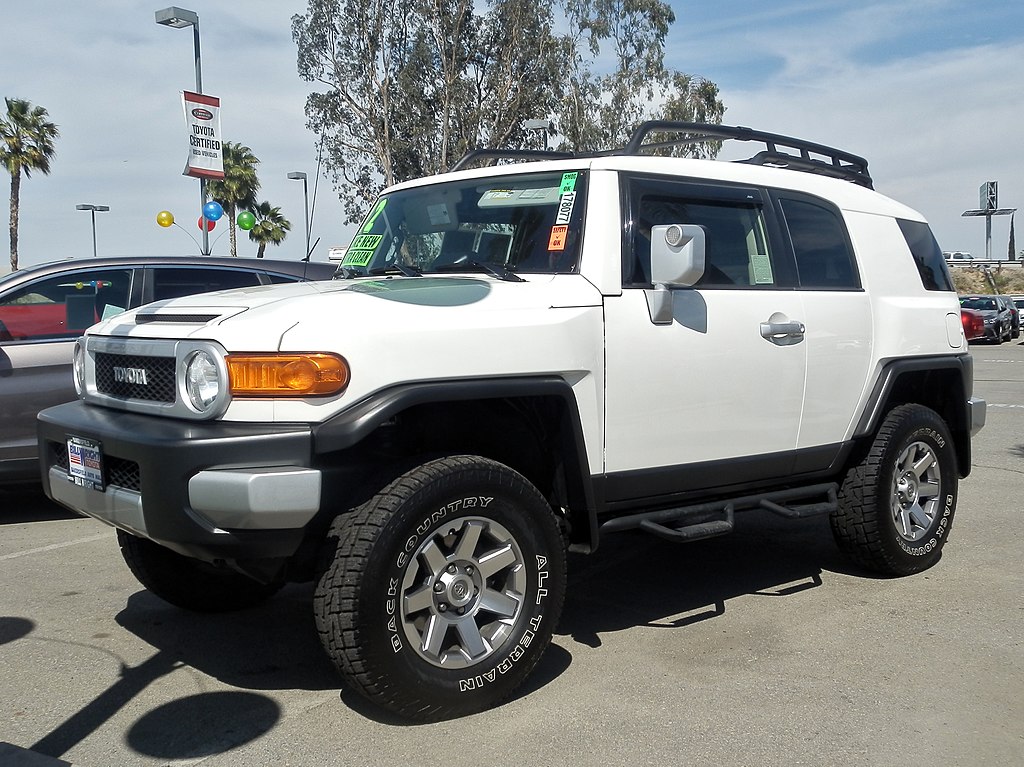 Photo by Alexander Migl on Wikimedia Commons
Photo by Alexander Migl on Wikimedia Commons
9. Mazda RX-8 (2003-2012)
The successor to the RX-7, the RX-8 had a unique rotary engine. While it was praised for its driving dynamics, it suffered from fuel efficiency and reliability concerns. These factors, combined with tightening emission standards, are what led to its discontinuation.
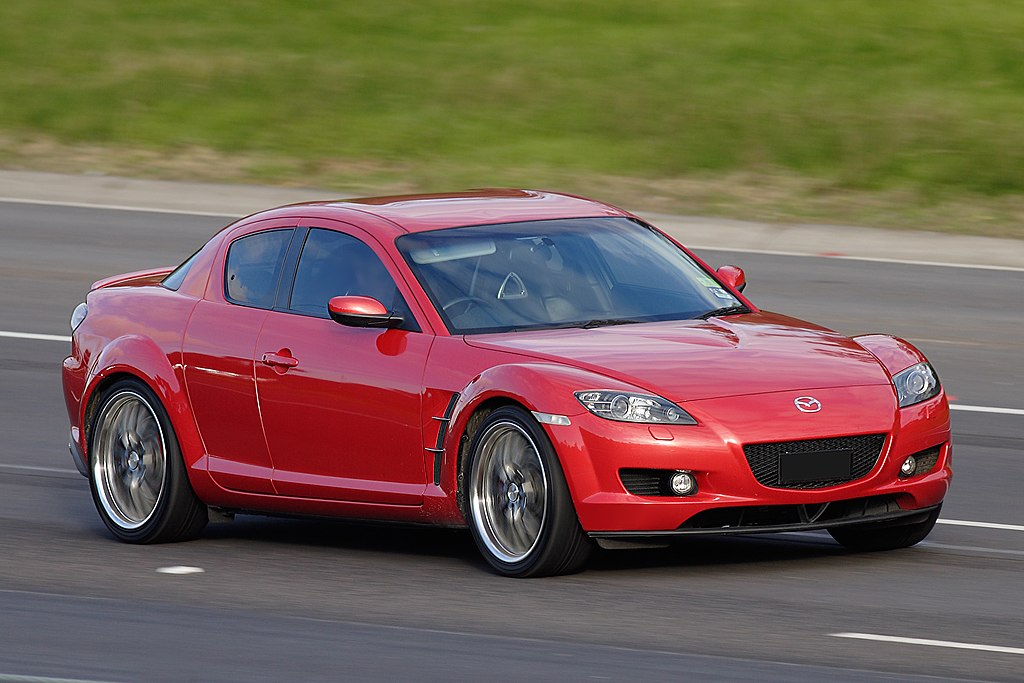 Photo by Fir0002 on Wikimedia Commons
Photo by Fir0002 on Wikimedia Commons
10. Volkswagen Beetle (1938-2019)
Have you ever played Punch Buggy before? Well, the Volkswagen Beetle is sure to bring back plenty of nostalgic memories for you. The Beetle is an icon that spanned over seven decades. It started as an affordable car for the masses and transformed into a symbol of counterculture in the 60s. Its unique shape and rich history have cemented its place in automotive lore. Volkswagen ended its production as it shifted its focus towards electric vehicles and modern designs.
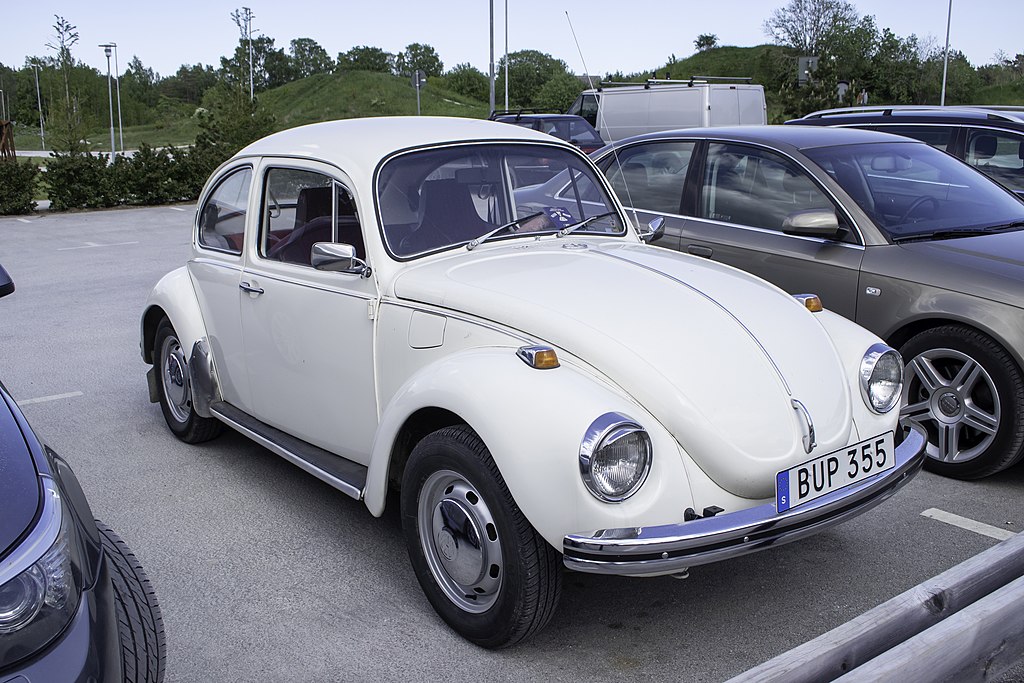 Photo by Bene Riobó on Wikimedia Commons
Photo by Bene Riobó on Wikimedia Commons
11. Oldsmobile Cutlass (1961-1999)
Oldsmobile's Cutlass series started as a compact car but evolved through various body styles and sizes. At one point, the Cutlass name was omnipresent, attached to sedans, coupes, convertibles, and wagons. Despite its long run and once being America’s best-selling car, changing market dynamics and the phasing out of the Oldsmobile brand led to its discontinuation.
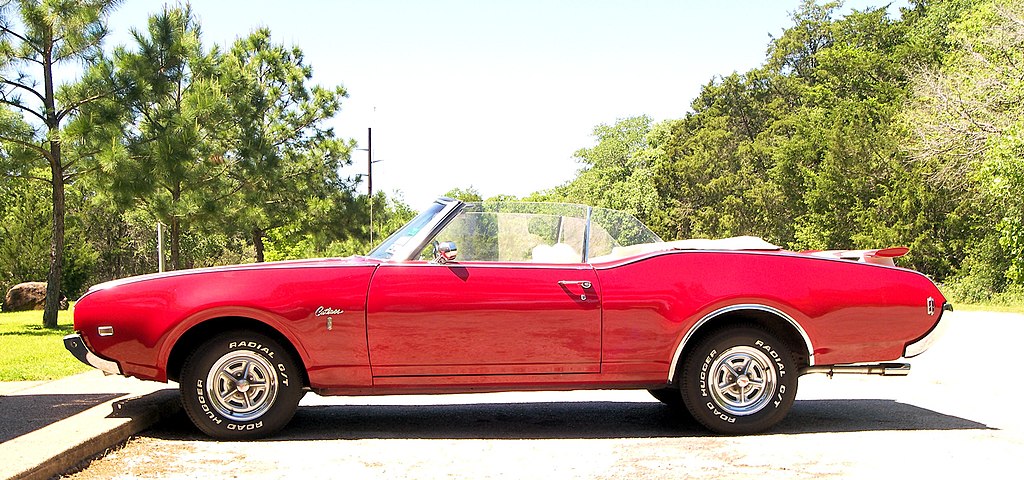 Photo by Larry D. Moore on Wikimedia Commons
Photo by Larry D. Moore on Wikimedia Commons
12. Nissan 300ZX (1983-2000)
As part of Nissan's Z-car series, the 300ZX was a sports car known for its performance and advanced technology for its time. With its V6 engine and sleek design, it was a hit among enthusiasts. Its discontinuation came with shifts in the sports car market and economic considerations.
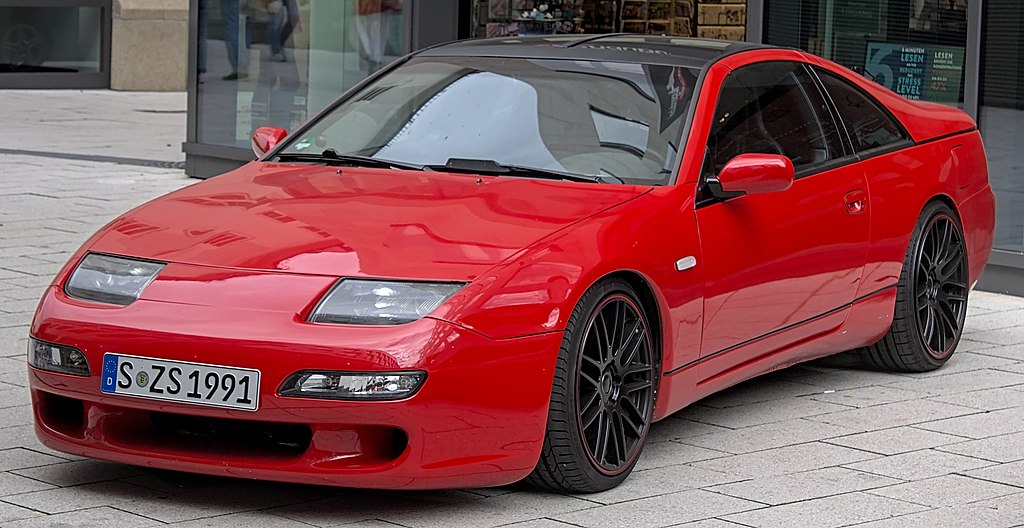 Photo by Alexander Migl on Wikimedia Commons
Photo by Alexander Migl on Wikimedia Commons
13. Hummer H1 (1992-2006)
Originating from a military vehicle, the Hummer H1 was as rugged as civilian vehicles came. Its vast size and distinctive appearance made it an icon, but also a target for environmental concerns due to its poor fuel efficiency. This, combined with changing consumer preferences, led to its end.
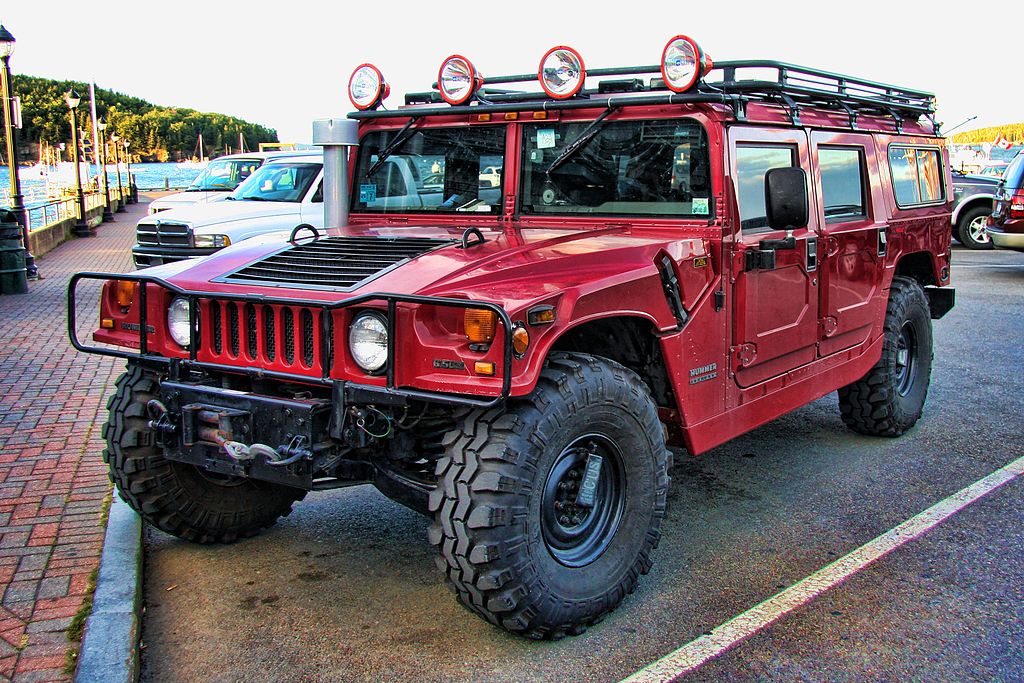 Photo by Brian Snelson from Hockley, Essex, England on Wikimedia Commons
Photo by Brian Snelson from Hockley, Essex, England on Wikimedia Commons
14. Mercury Cougar (1967-2002)
The Cougar saw eight generations from 1967 to 2002. Each generation had its own distinct style and characteristics. For instance, while the early models in the late 1960s and early 1970s were closer to muscle cars, by the 1980s and 1990s, the Cougar had evolved into a larger, more luxury-oriented vehicle. Despite its early popularity, brand dilution and shifts in consumer preferences contributed to its eventual discontinuation.
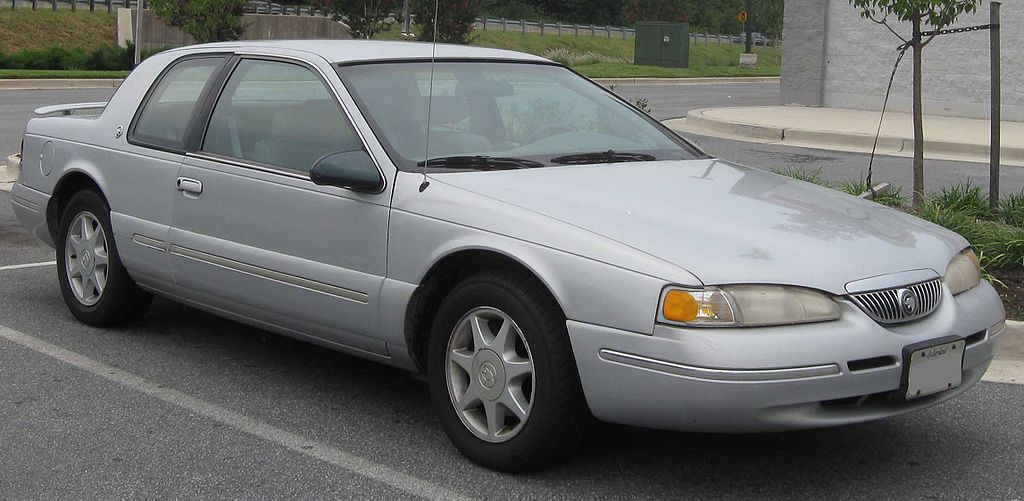 Photo by IFCAR on Wikimedia Commons
Photo by IFCAR on Wikimedia Commons
15. Subaru Baja (2002-2006)
This unique “car-truck” hybrid had a cool design that merged the comforts of a car with the utility of a pickup bed. Although it had quite a dedicated fanbase, it belonged to a niche market and had a very specific design choice that lead to its limited lifespan.
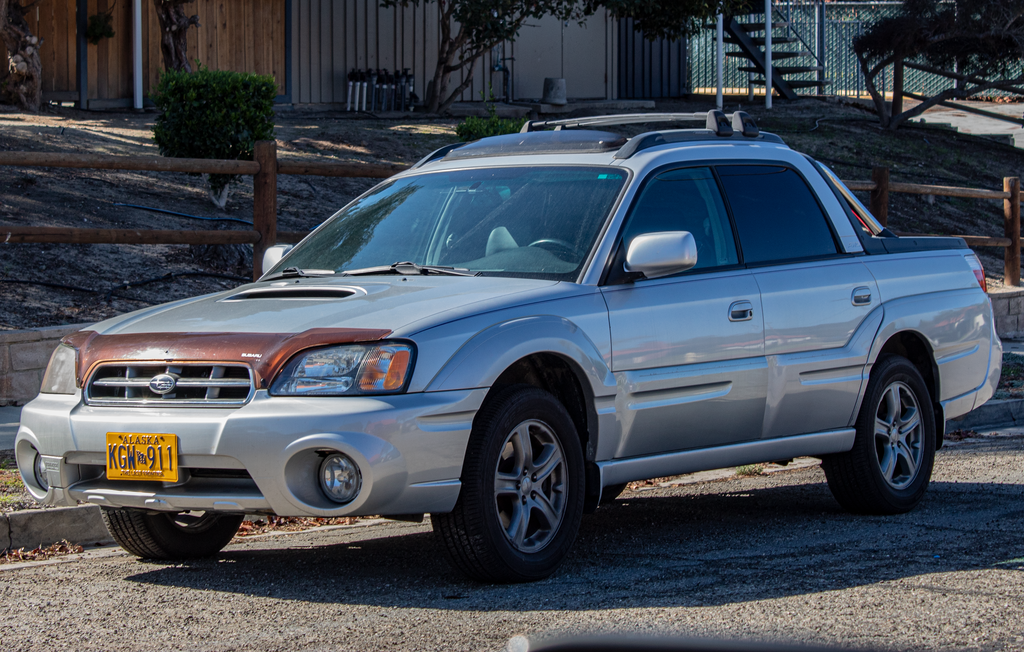 Photo by LukaCali on Wikimedia Commons
Photo by LukaCali on Wikimedia Commons
16. Pontiac Solstice (2005-2009)
A compact sports car, the Solstice was Pontiac’s attempt to take on the Mazda Miata. While it received praise for its styling and performance, the economic downturn and the demise of the Pontiac brand cut its life short.
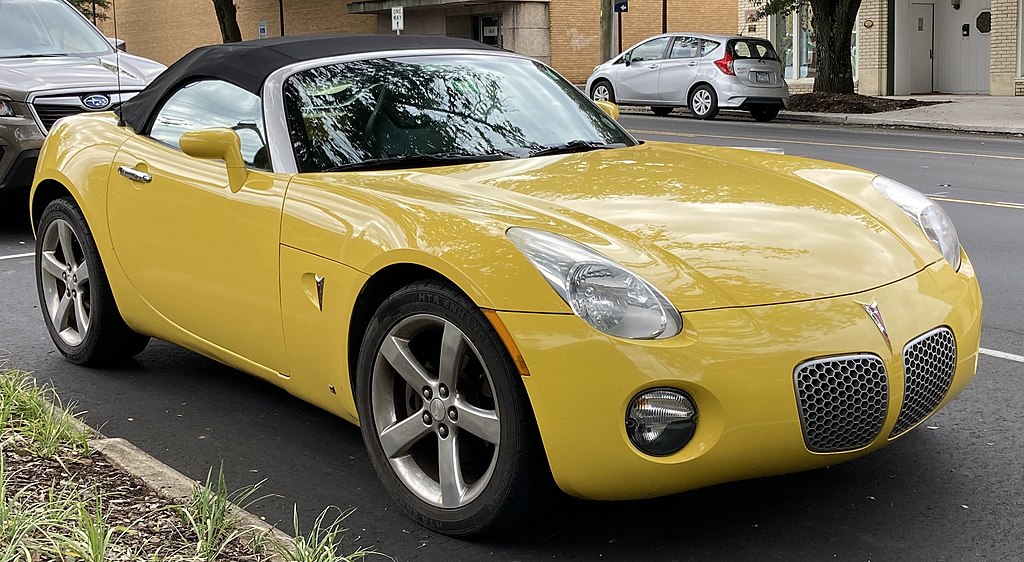 Photo by Wagon Master Johnson on Wikimedia Commons
Photo by Wagon Master Johnson on Wikimedia Commons
17. Ford Thunderbird (1955-2005)
Originally a competitor to Chevrolet's Corvette, the Thunderbird transitioned into a larger luxury model over its eleven generations. While it saw significant success, especially in its early years, shifting market dynamics and design changes that weren't universally loved led to its discontinuation.
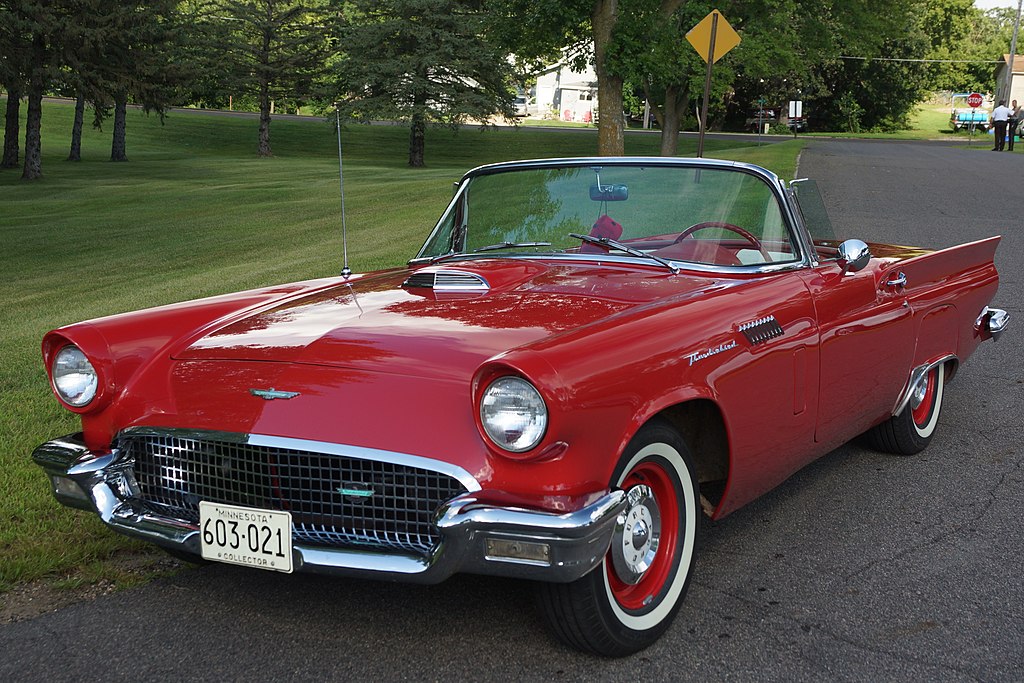 Photo by Greg Gjerdingen from Willmar, USA o Wikimedia Commons
Photo by Greg Gjerdingen from Willmar, USA o Wikimedia Commons
18. Chrysler PT Cruiser (2000-2010)
With retro styling reminiscent of 1930s gangster cars, the PT Cruiser was initially a hit. However, as time went on, critics grew less fond of its performance and handling. Combined with declining sales, Chrysler decided to halt production.
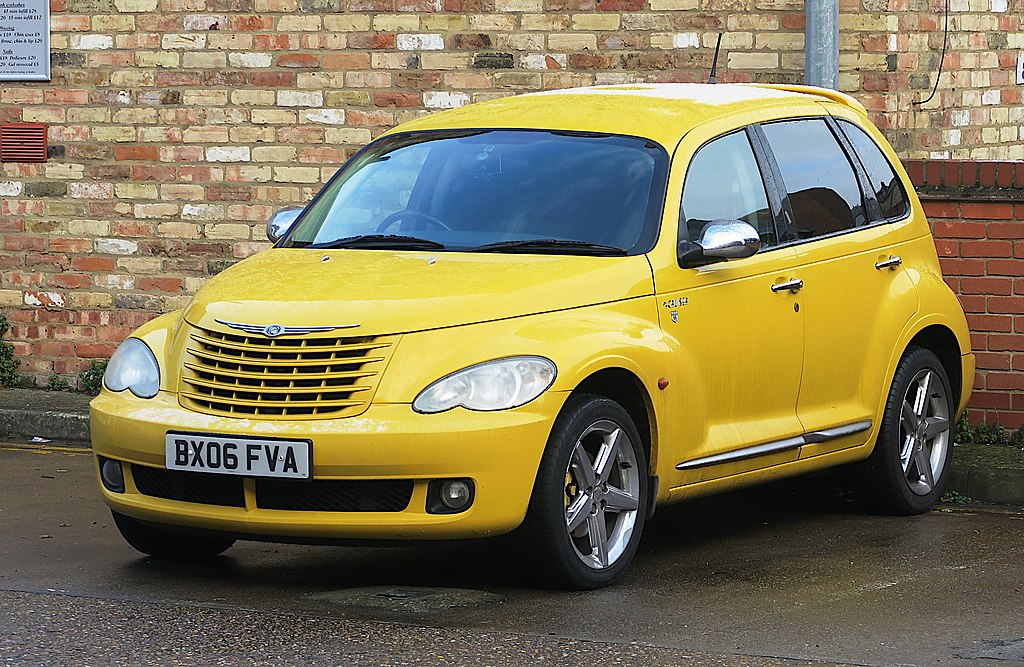 Photo by Charles01 on Wikimedia Commons
Photo by Charles01 on Wikimedia Commons
19. Mitsubishi Galant (1969-2012)
Once a popular option in the midsize sedan segment, the Galant was known for its reliability and affordability. But as Mitsubishi shifted its focus and the competition in the segment grew stronger, the expensive production costs just weren’t worth continuing. So as interest slowly subsided, the Galant was phased out.
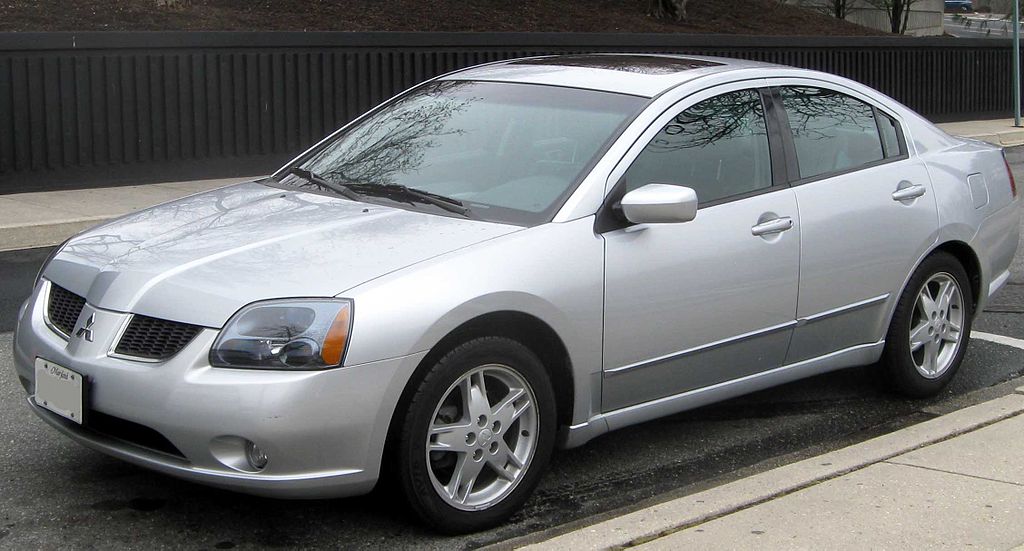 Photo by IFCAR on Wikimedia Commons
Photo by IFCAR on Wikimedia Commons
20. Chevrolet Cobalt (2004-2010)
Replacing the Cavalier, the Cobalt was Chevy's attempt to gain more footing in the compact car segment. While it had competitive features, the rise of more formidable competitors and the subsequent introduction of the Chevrolet Cruze meant the Cobalt had a relatively short run.
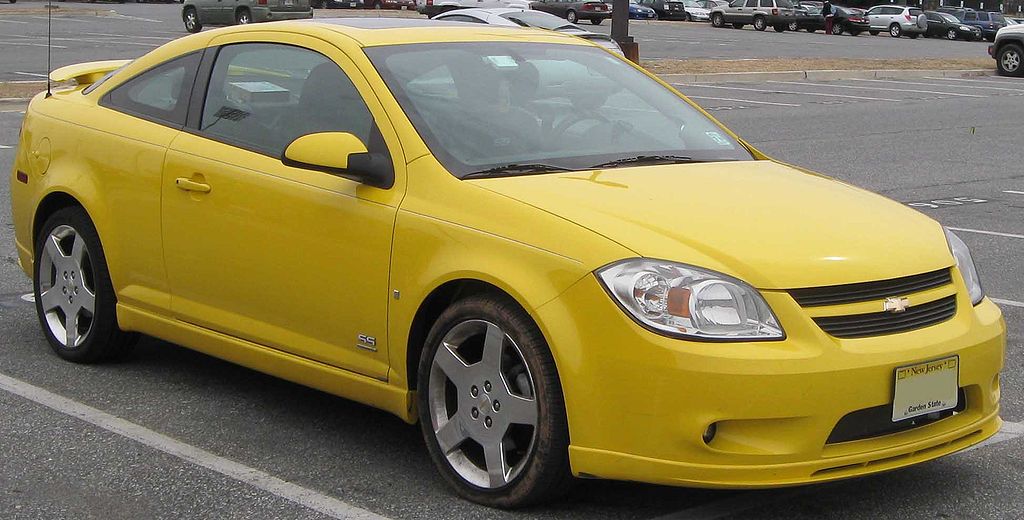 Photo by IFCAR on Wikimedia Commons
Photo by IFCAR on Wikimedia Commons
21. Buick Skylark (1953-1998)
Born as a commemorative edition for Buick's 50th anniversary, the Skylark underwent multiple transformations across the decades. From its convertible origins to its evolution into compact and mid-sized versions, it represented Buick’s design ethos. However, facing stiff competition and changing dynamics, the Skylark saw its sunset at the end of the 20th century.
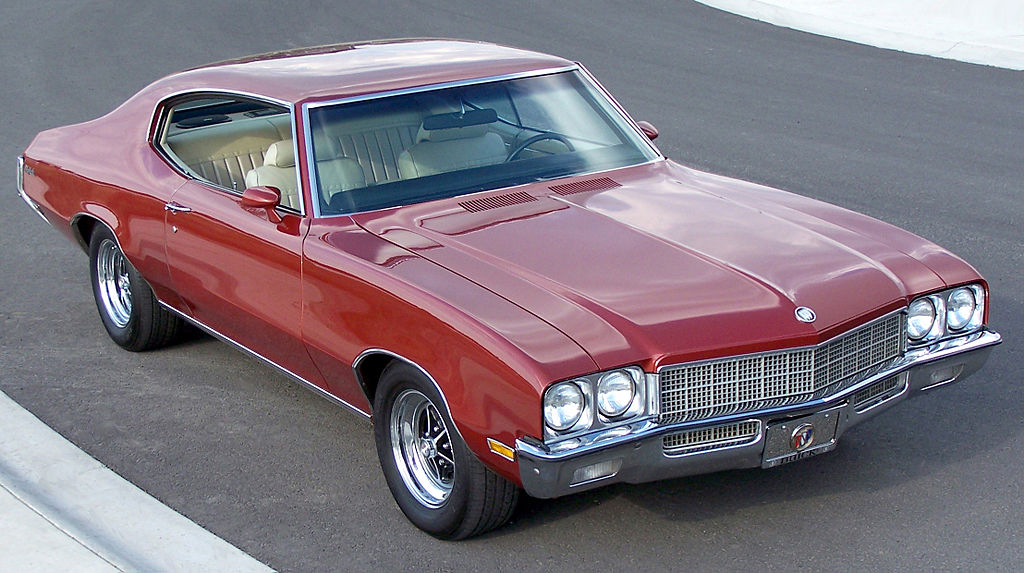 Photo by Bejara70 on Wikimedia Commons
Photo by Bejara70 on Wikimedia Commons
22. Plymouth Prowler (1997-2002)
A retro-styled roadster, the Prowler was Plymouth's bold attempt at reimagining the classic hot rod. Its distinctive look, combined with modern amenities, drew attention. Despite the intrigue, its niche appeal and the discontinuation of the Plymouth brand brought its production to a halt.
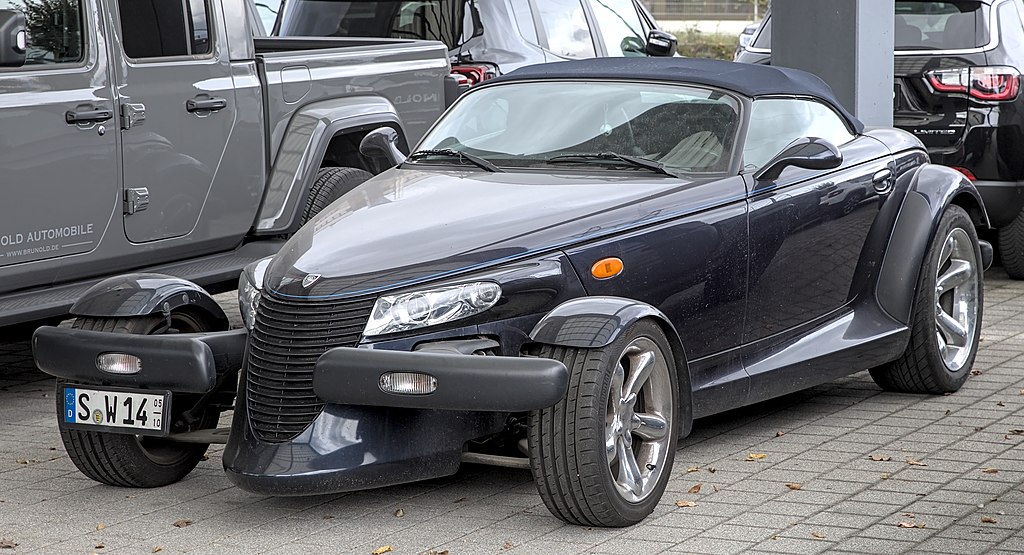 Photo by Alexander Migl on Wikimedia Commons
Photo by Alexander Migl on Wikimedia Commons
23. Acura Integra (1986-2001)
Launched as a part of Honda’s luxury arm, Acura, the Integra was a blend of performance and luxury. Favored by tuners and car enthusiasts, it built a reputation for reliability and sporty handling. While it was rebranded as the RSX in North America, globally the Integra nameplate was retired.
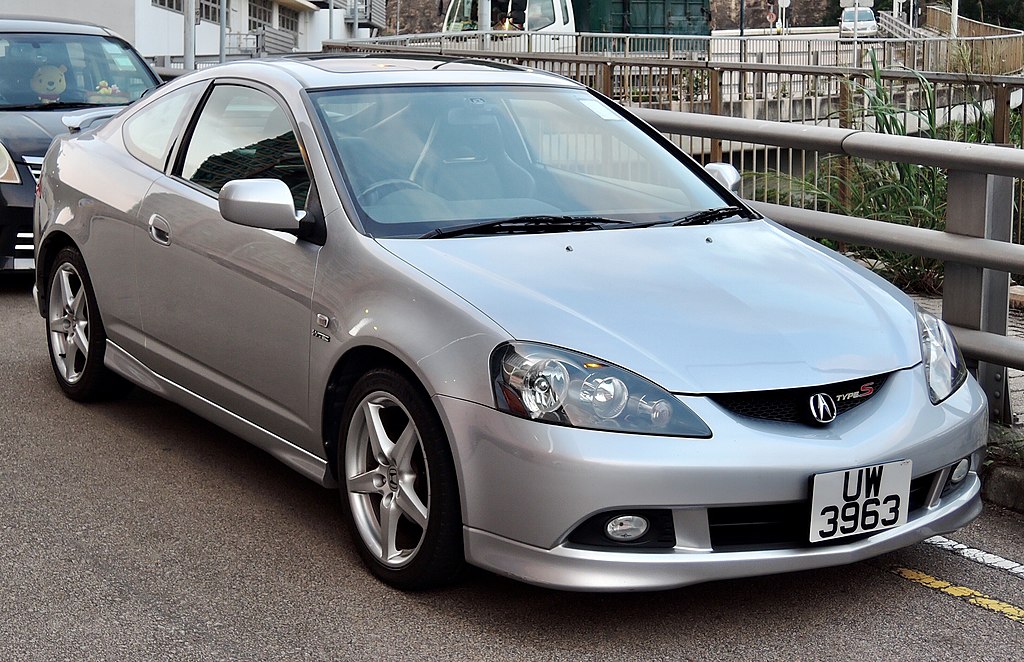 Photo by User3204 on Wikimedia Commons
Photo by User3204 on Wikimedia Commons
24. Dodge Dart (1960-1976; 2013-2016)
The Dart’s inception in the 1960s saw it evolve through compact, full-size, and mid-sized versions. Resurrected in 2013 as a compact sedan, it was Dodge's reentry into the compact market. Despite its rich legacy, it struggled to stand out in a crowded segment, leading to its discontinuation.
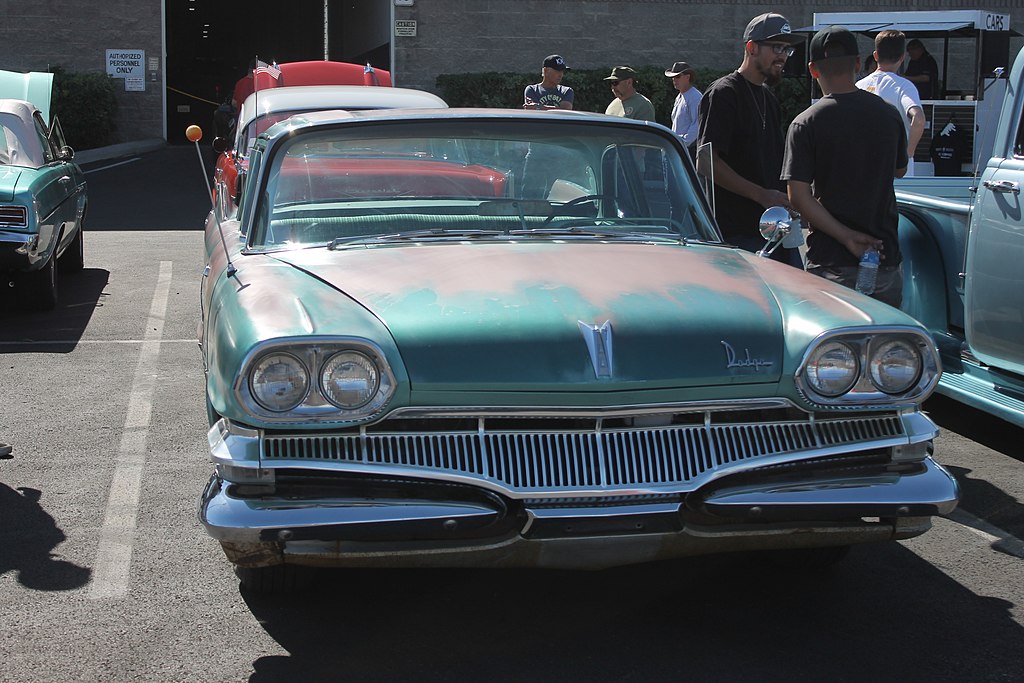 Photo by Noah Wulf on Wikimedia Commons
Photo by Noah Wulf on Wikimedia Commons
25. Suzuki Kizashi (2009-2013)
Suzuki's bold venture into the midsize sedan category, the Kizashi was a departure from its small car and SUV staples. Boasting quality interiors and commendable performance, it nevertheless faced stiff competition, and with Suzuki’s exit from the U.S. market, the Kizashi disappeared too.
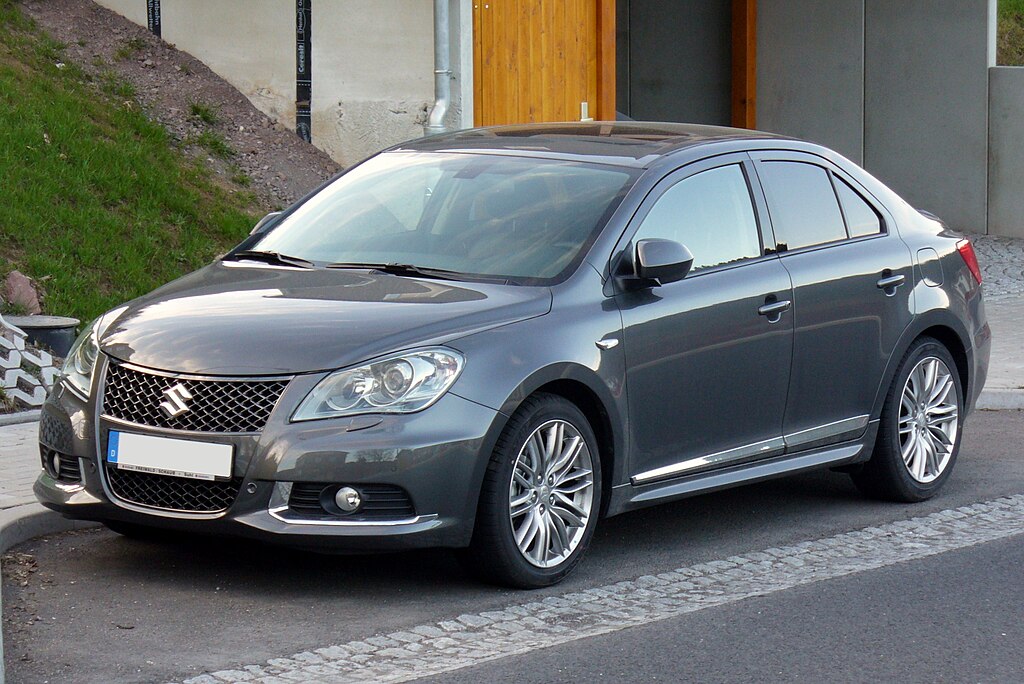 Photo by Thomas doerfer on Wikimedia Commons
Photo by Thomas doerfer on Wikimedia Commons
26. Mercury Marauder (2003-2004)
Based on the Grand Marquis, the Marauder was Mercury's attempt at a performance sedan. With its V8 engine and unique styling, it appealed to a niche market but struggled to find broader acceptance, leading to a short production span.
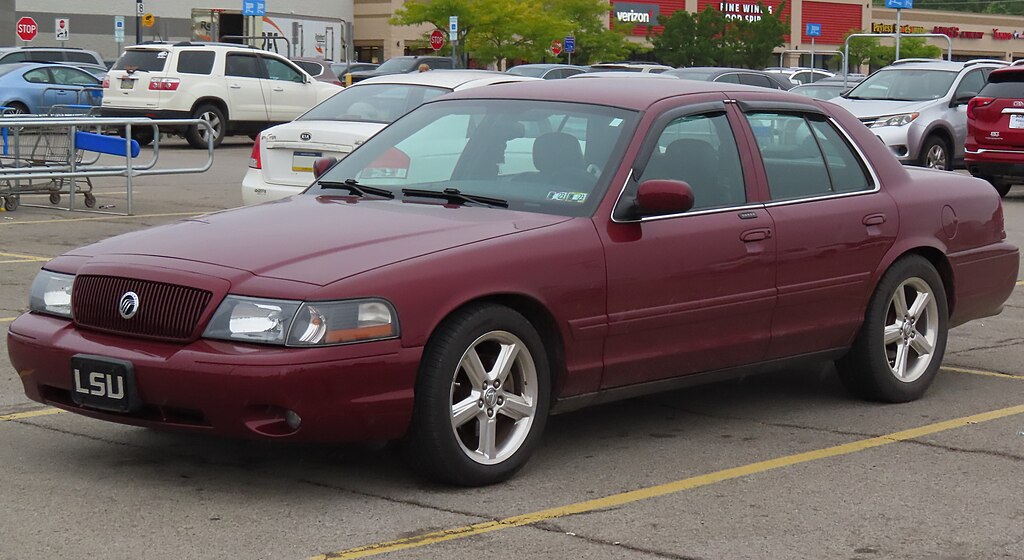 Photo by MercurySable99 on Wikimedia Commons
Photo by MercurySable99 on Wikimedia Commons
27. Saturn Sky (2006-2009)
A sibling to the Pontiac Solstice, the Sky was a roadster with aggressive styling and decent performance chops. While it was one of the stars of Saturn's lineup, the economic crisis and subsequent restructuring at GM resulted in the end of both the Sky and the Saturn brand.
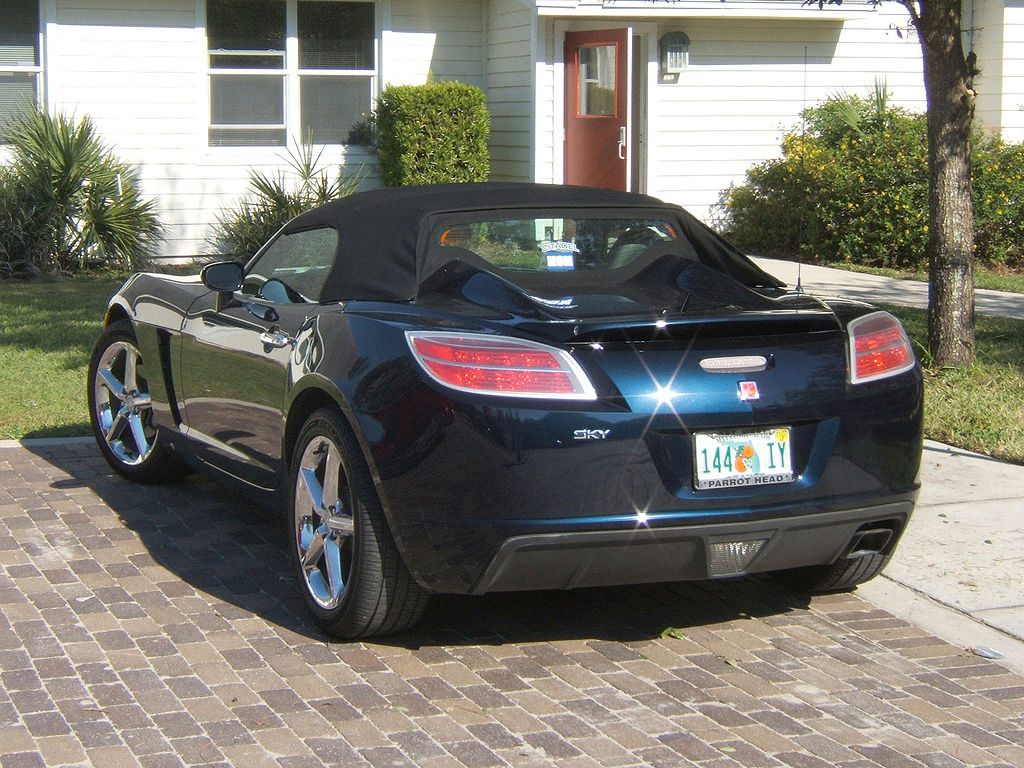 Photo by Rundvald on Wikimedia Commons
Photo by Rundvald on Wikimedia Commons
28. Toyota MR2 (1984-2007)
A mid-engine sports car, the MR2 was Toyota's foray into producing a fun-to-drive, affordable two-seater. Through three generations, it earned respect for its handling dynamics and innovative designs. Despite its acclaim, shifting focus at Toyota led to its discontinuation.
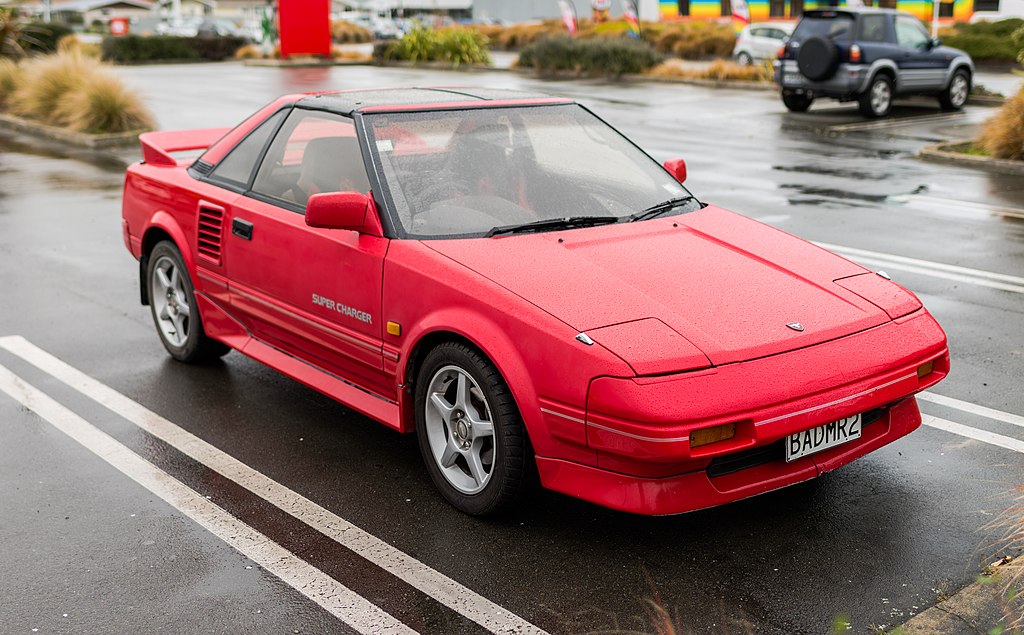 Photo by SealyPhoto on Wikimedia Commons
Photo by SealyPhoto on Wikimedia Commons
29. Lincoln Blackwood (2002)
Lincoln’s attempt at a luxury pickup truck was a short-lived. The Blackwood was luxurious and packed with features, but its limited utility compared to other pick ups made it undesirable. And with a hefty price tag, the Blackwood simply wasn’t able to garner much interest. As a result, it only lasted a year in production.
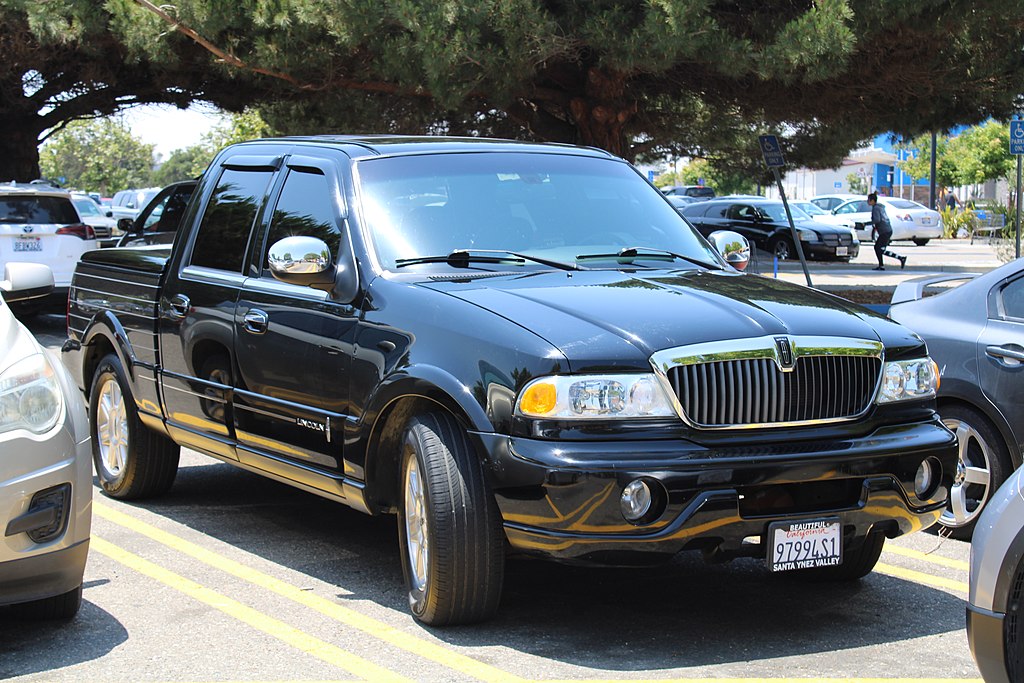 Photo by LukaCali on Wikimedia Commons
Photo by LukaCali on Wikimedia Commons
30. Hyundai Tiburon (1996-2008)
Known as the Hyundai Coupe in some markets, the Tiburon was Hyundai's entry into the sport compact segment. Over two generations, it was known for its stylish looks and affordability. However, as Hyundai revamped its lineup, the Tiburon made way for newer models. It definitely made its mark before its leave though!
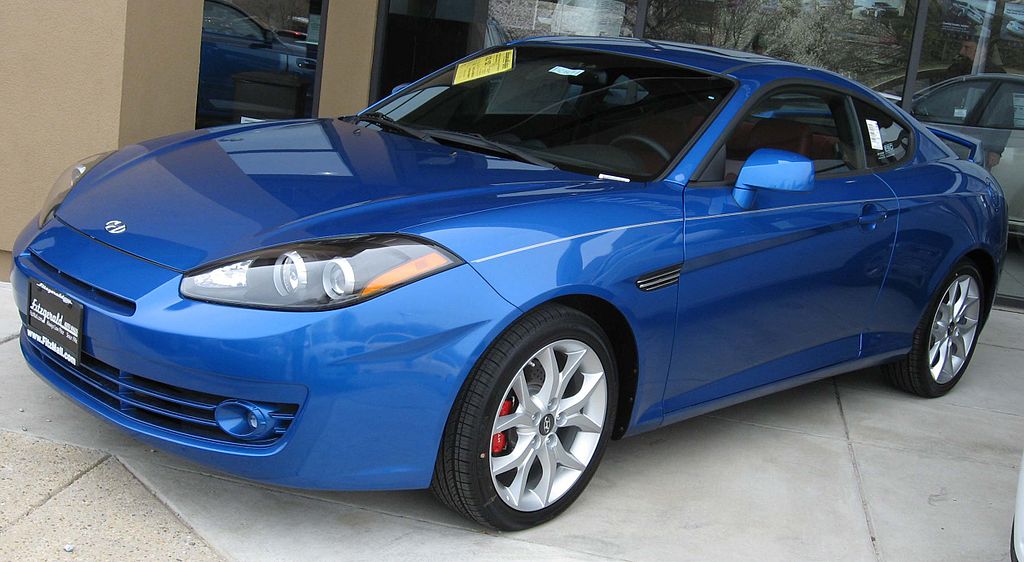 Photo by IFCAR on Wikimedia Commons
Photo by IFCAR on Wikimedia Commons
31. Cadillac Eldorado (1952-2002)
For half a century, the Eldorado symbolized American luxury and style. Starting out as a limited-edition convertible, it transitioned into a personal luxury car. Renowned for its bold designs, especially during the '60s and '70s, it became a symbol of wealth. However, evolving market dynamics and a shift in luxury car design ethos led to its eventual discontinuation.
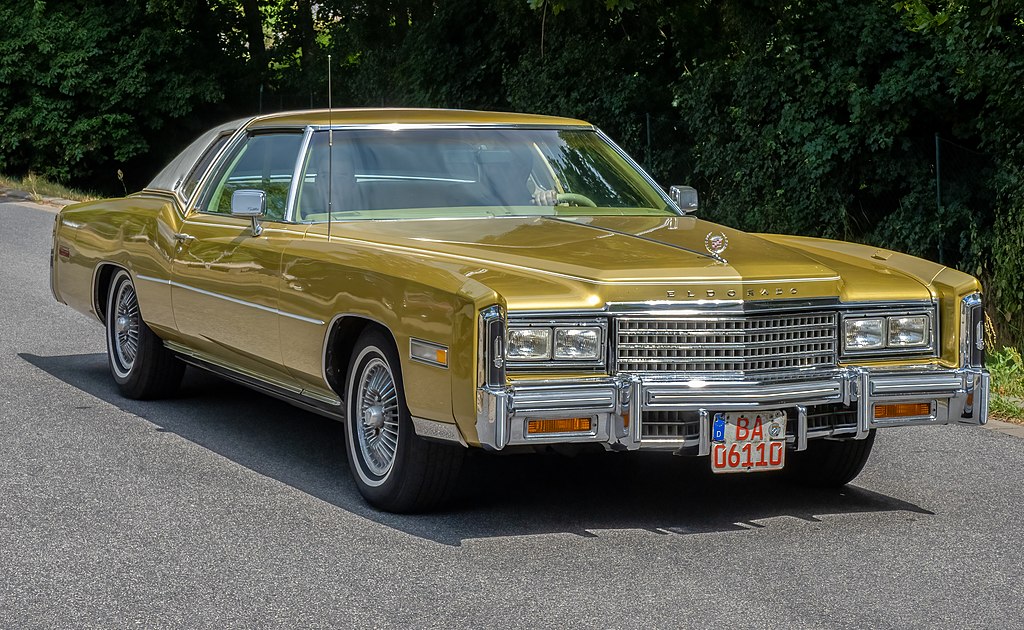 Photo by Ermell on Wikimedia Commons
Photo by Ermell on Wikimedia Commons
32. AMC Pacer (1975-1980)
Distinctive with its fishbowl-like design, the AMC Pacer was both innovative and peculiar. Intended as a compact car for urban spaces, it garnered attention for its wide design and large glass area. Its unconventional style remains iconic, though production ceased as AMC faced financial constraints.
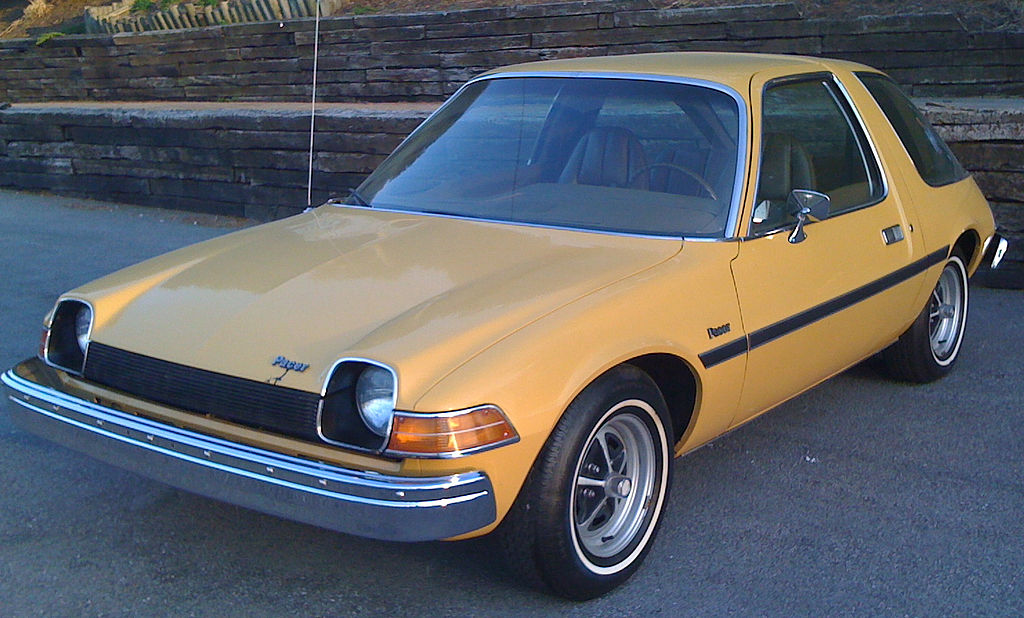 Photo by CZmarlin on Wikimedia Commons
Photo by CZmarlin on Wikimedia Commons
33. Ford Probe (1989-1997)
Initially designed to replace the Mustang, the Probe eventually found its niche as a distinct sports compact. With its aerodynamic styling and efficient engines, it appealed to a younger audience. However, competition in the sports coupe market led to its eventual phase-out.
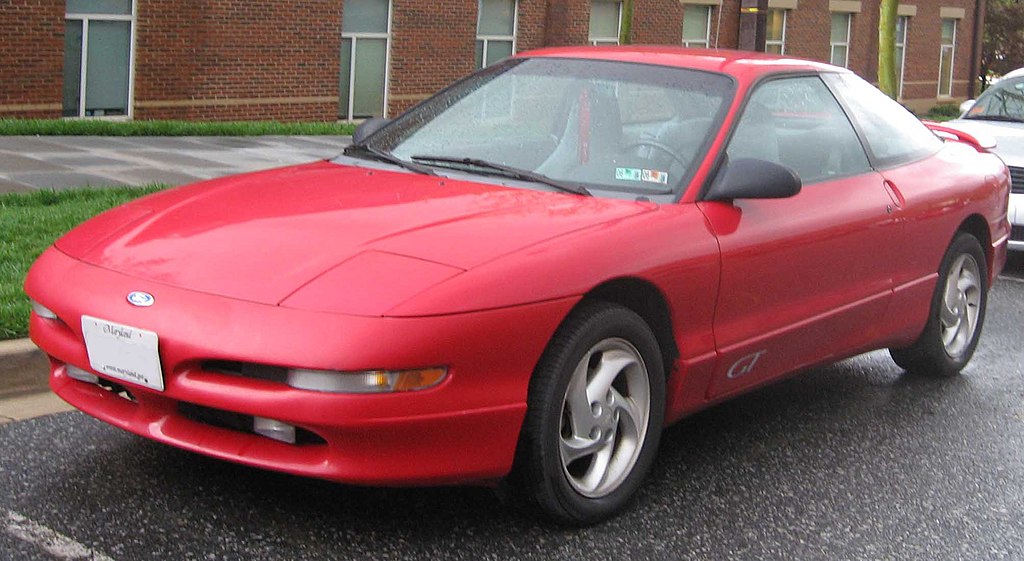 Photo by IFCAR on Wikimedia Commons
Photo by IFCAR on Wikimedia Commons
34. Isuzu VehiCROSS (1997-2001)
An SUV with a futuristic, almost concept-car appearance, the VehiCROSS was a bold step for Isuzu. With its sporty demeanor and off-road capabilities, it earned praise. Yet, its distinctive style also meant it catered to a niche audience, leading to a limited production run.
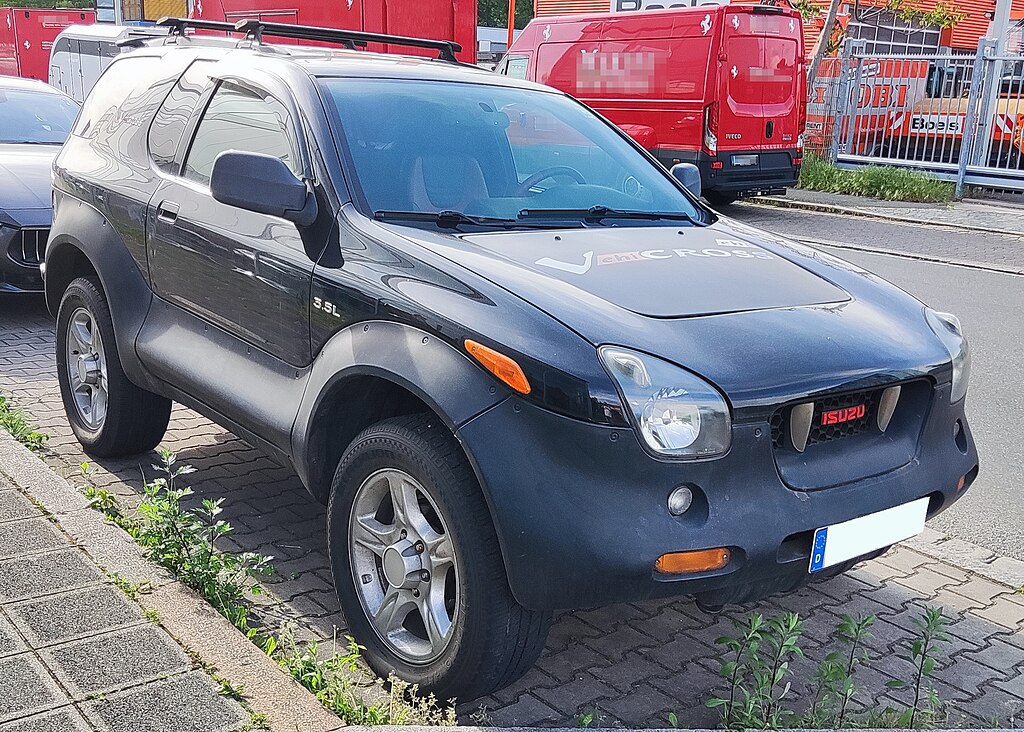 Photo by Interesting.cars.insta on Wikimedia Commons
Photo by Interesting.cars.insta on Wikimedia Commons
35. Plymouth Voyager (1974-2000)
A pioneer in the minivan segment, the Voyager, alongside its twin the Dodge Caravan, transformed family transportation in America. Recognized for its utility and comfort, it was a mainstay for families. However, with the Plymouth brand's end in 2000, the Voyager was finished alongside it.
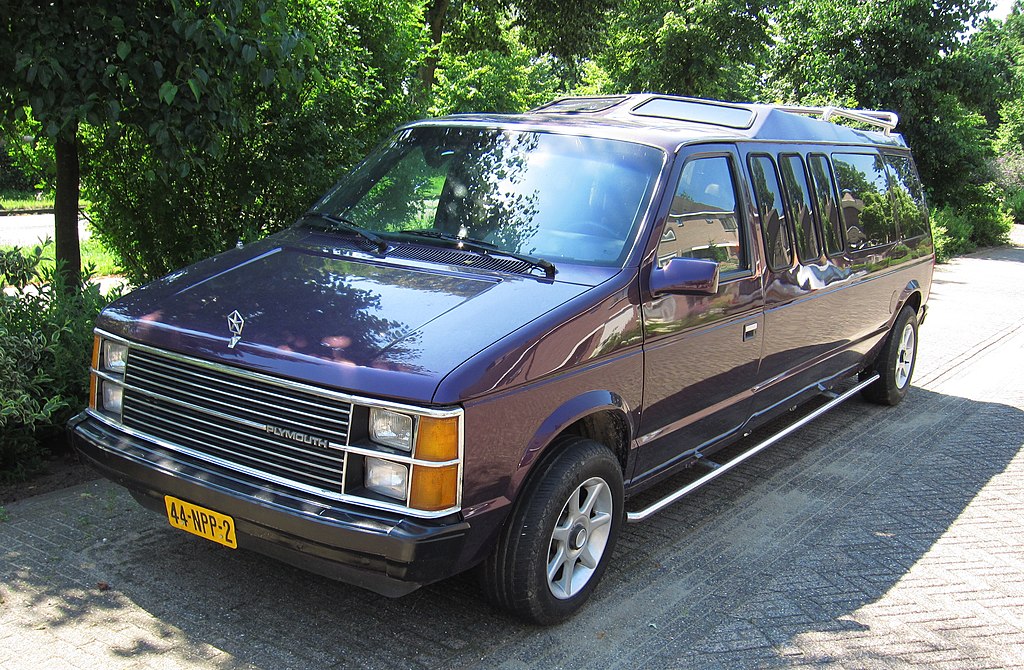 Photo by Rutger van der Maar on Wikimedia Commons
Photo by Rutger van der Maar on Wikimedia Commons
36. Geo Metro (1989-2001)
As a subcompact championing fuel efficiency, the Metro became a favorite for budget-conscious drivers, especially during times of high fuel prices. Built in collaboration with Suzuki, its tiny footprint made it a staple in urban settings. But as the Geo brand slowly phased out, so did the Metro.
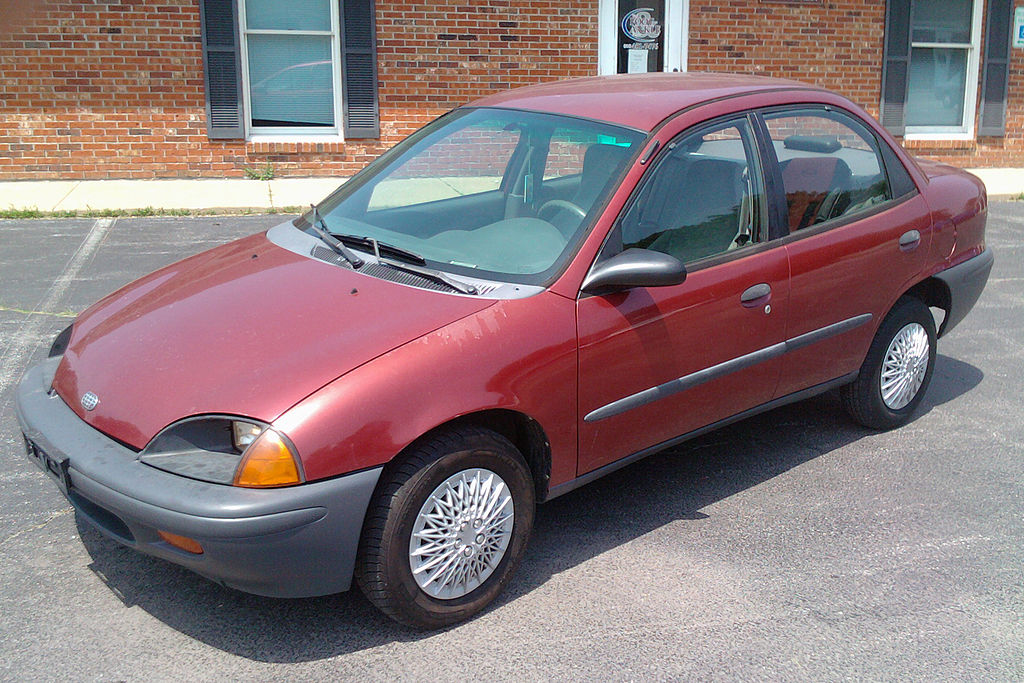 Photo by Ryanandlenny on Wikimedia Commons
Photo by Ryanandlenny on Wikimedia Commons
37. Saab 9-3 (1998-2014)
A successor to the Saab 900, the 9-3 retained the brand's reputation for safety, unique design, and turbocharged performance. Despite its strong European following, financial troubles and the eventual bankruptcy of the Saab brand ended the company.
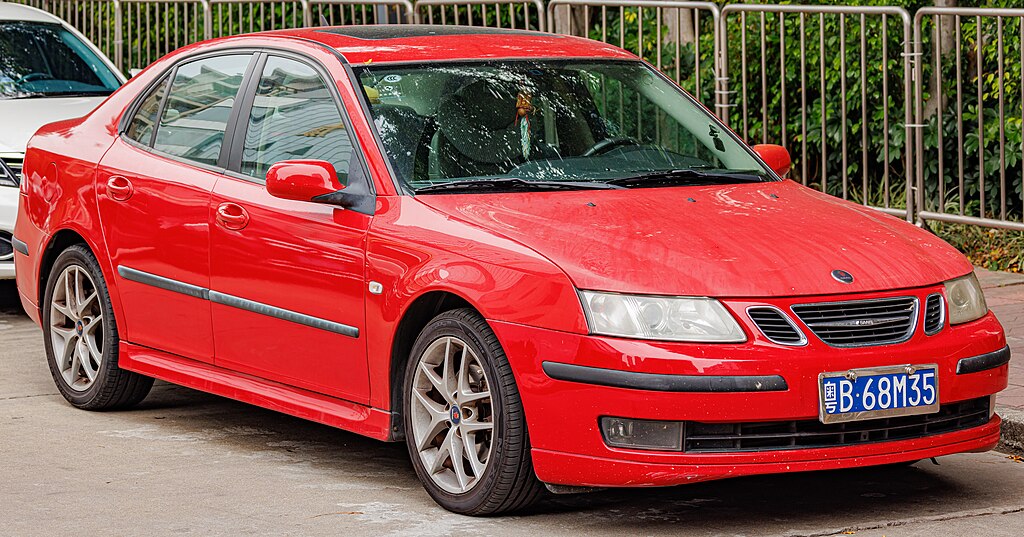 Photo by Dinkun Chen on Wikimedia Commons
Photo by Dinkun Chen on Wikimedia Commons
38. Daihatsu Charade (1977-2000)
A compact car from the Japanese automaker, the Charade was known for its reliability and fuel efficiency. While it saw popularity in various global markets, competition and strategic shifts at Daihatsu led to its discontinuation.
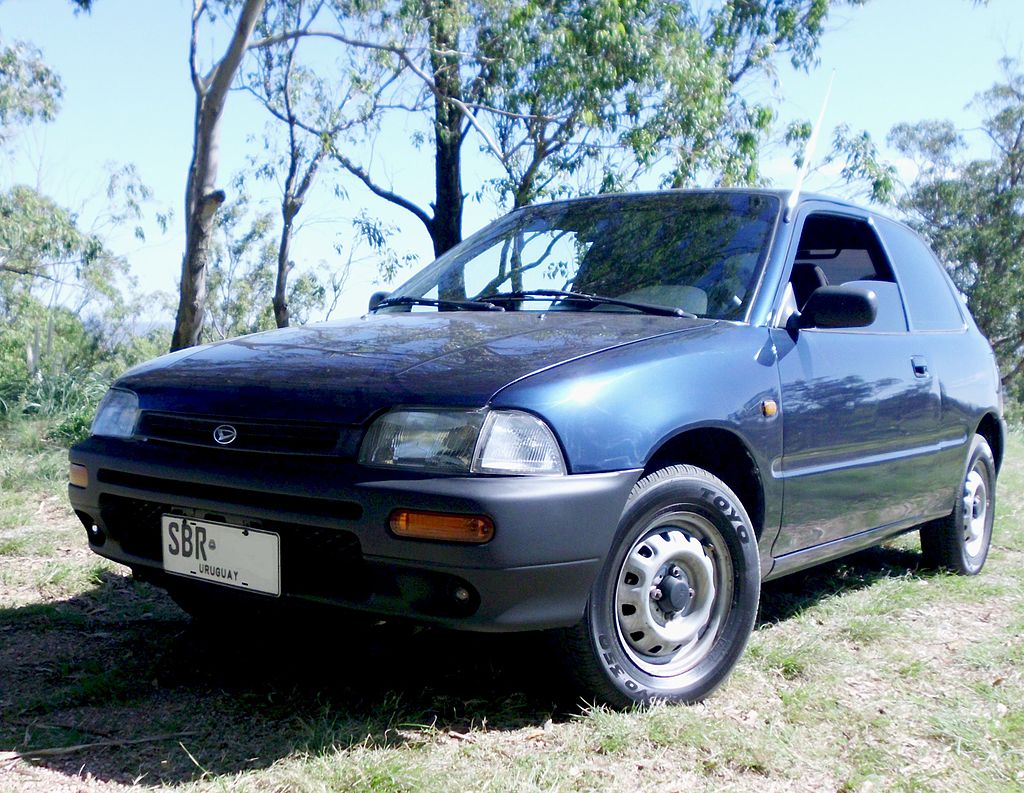 Photo by Palebizakis on Wikimedia Commons
Photo by Palebizakis on Wikimedia Commons
39. Mercury Milan (2006-2011)
As Mercury's midsize sedan, the Milan offered a blend of style and comfort. It was well-received, standing out in a crowded segment. However, the eventual discontinuation of the Mercury brand in 2010 signaled the end for the Milan.
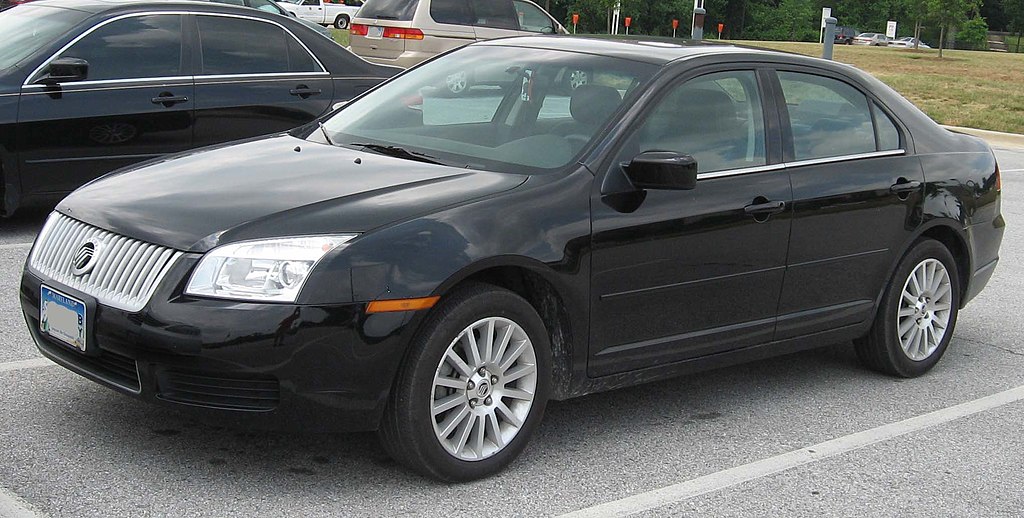 Photo by IFCAR on Wikimedia Commons
Photo by IFCAR on Wikimedia Commons
40. Dodge Magnum (2005-2008)
A unique blend of station wagon and muscle car, the Magnum made a statement with its aggressive styling and powerful engine options. While it developed a cult following, the 2008 financial crisis and subsequent changes at Chrysler saw the Magnum’s end.
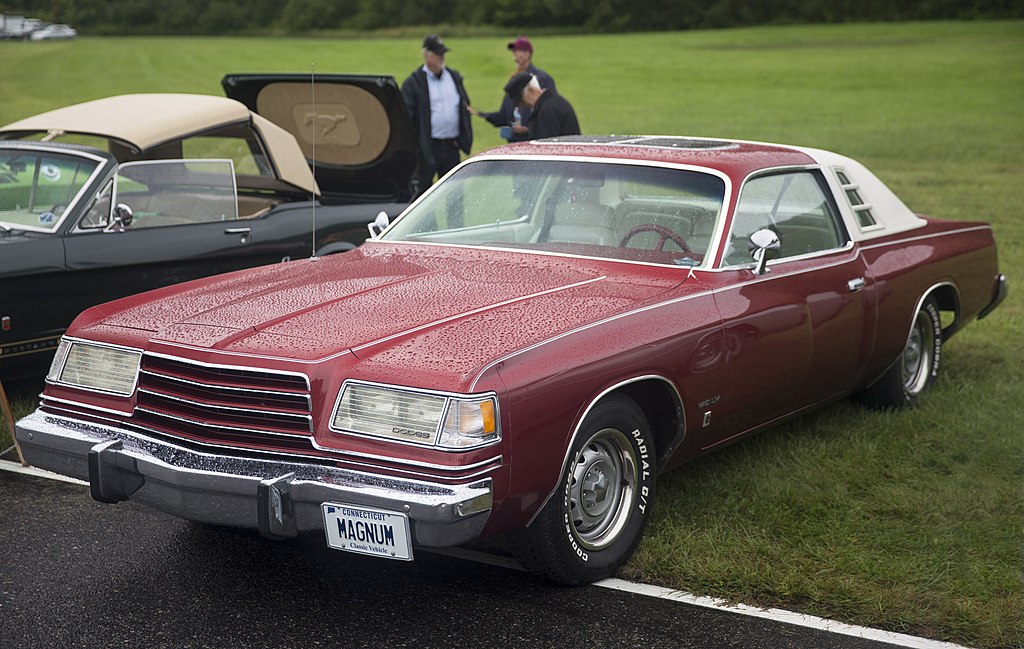 Photo by Mr.choppers on Wikimedia Commons
Photo by Mr.choppers on Wikimedia Commons
If any of these 40 cars caught your eye, unfortunately, they’re all already off the market. But as you can see, the automotive industry is constantly changing and transforming to better fit our needs and desires. We can’t wait to see how cars will continue to evolve in the future!







